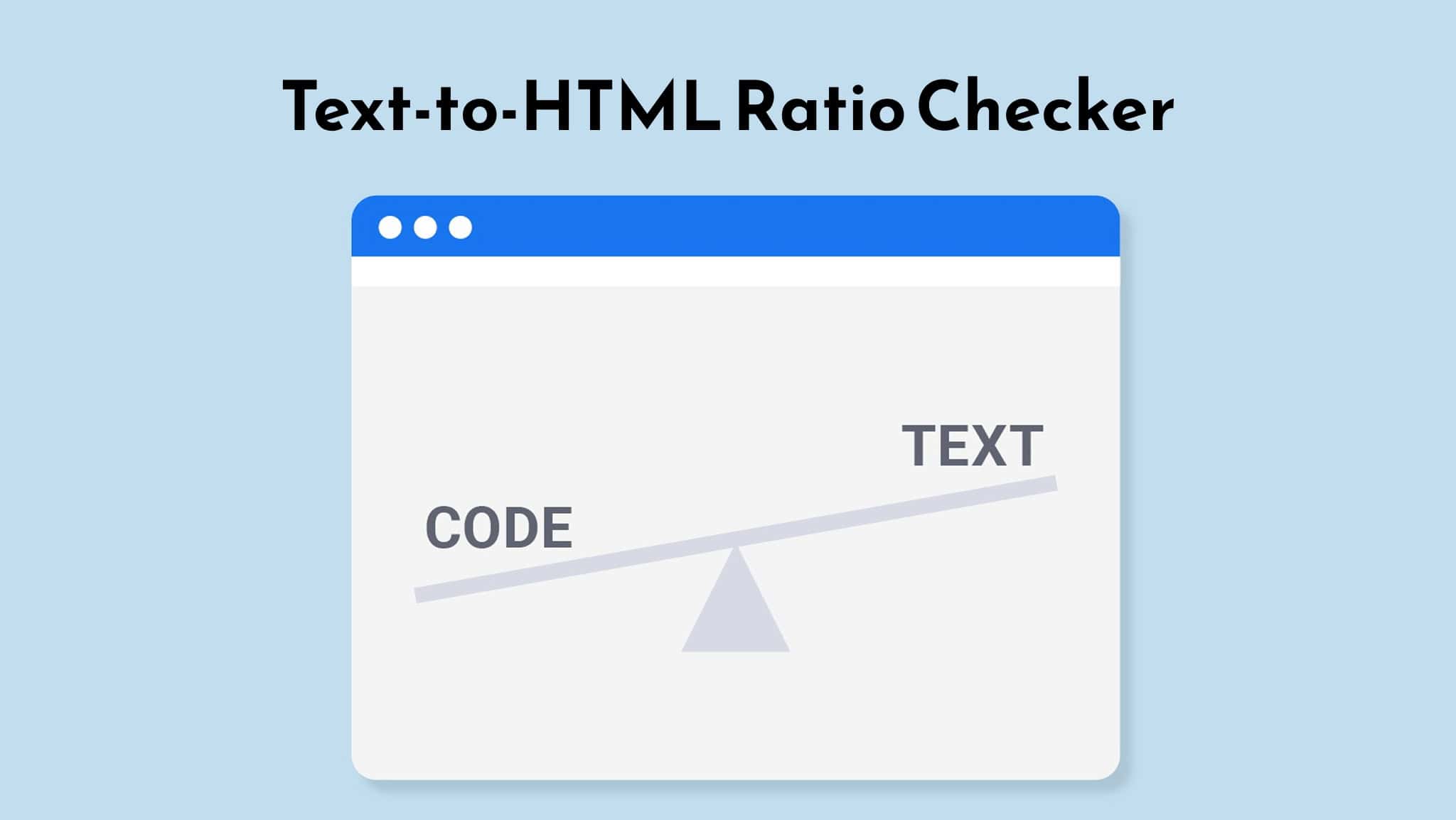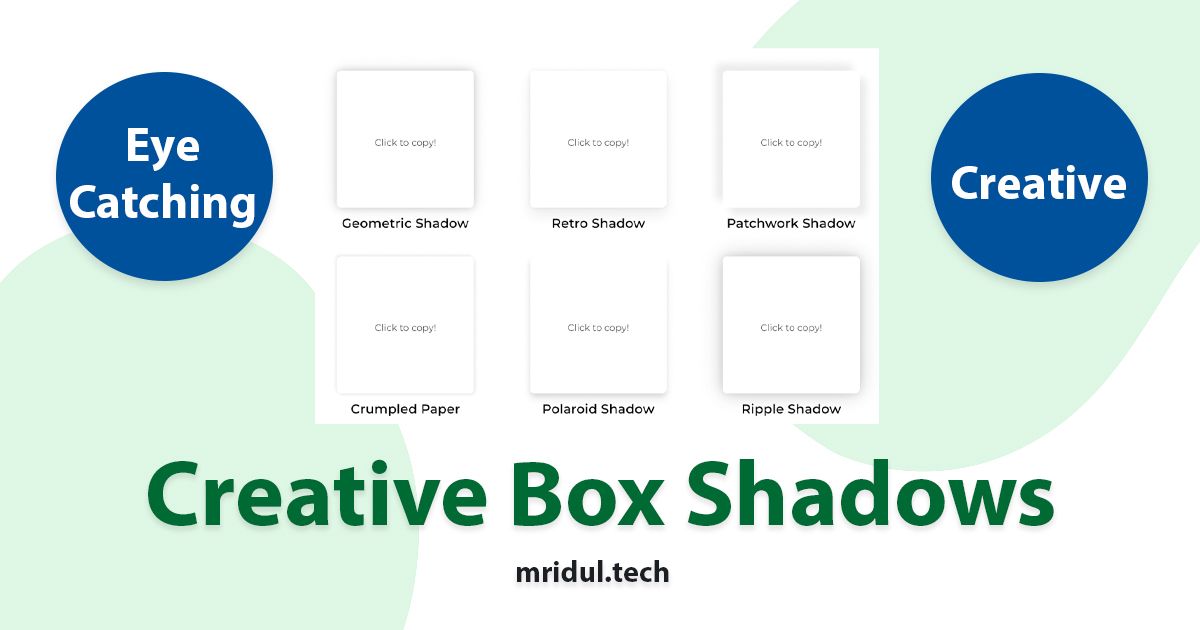URL Slug Generator
Create the perfect SEO Friendly slug in seconds
What is a Title Slug?
A title slug is the portion of a URL that comes after the domain name and typically represents the page’s content. For example, in the URL:
https://www.mridul.tech/tools/url-slug-generator
The phrase “url-slug-generator” is the slug. It is usually derived from the page’s title but optimized for readability, search engines, and user experience.
SEO Benefits of Implementing Slug Generators
The SEO advantages of using slug generators extend far beyond simple URL cleanup. When we implement these tools correctly, they contribute to improved search engine rankings through multiple mechanisms.
Keyword optimization is perhaps the most significant benefit. Slug generators help preserve important keywords from your titles while removing stop words and unnecessary elements. This optimization ensures that your URLs contain the most relevant terms that search engines use to understand your content's topic and relevance.
Crawlability improvements result from the clean, standardized format that slug generators produce. Search engine bots can more efficiently parse and index URLs that follow consistent formatting rules, leading to better visibility in search results.
User experience enhancement occurs when visitors can easily read and understand your URLs. Clean slugs increase click-through rates from search results and make sharing content more appealing across social media platforms.
Key Features of Professional Slug Generators
Advanced slug generators offer numerous features that extend beyond basic text conversion. These tools incorporate intelligent capitalization handling, ensuring that all letters are converted to lowercase for consistency and compatibility. Mixed-case URLs can create confusion and potential duplicate content issues, which professional generators eliminate automatically.
Length optimization is another critical feature we prioritize when selecting slug generation tools. Effective generators truncate overly long URLs while preserving the most important keywords and maintaining semantic meaning. This balance between brevity and descriptiveness is essential for both SEO performance and user experience.
Character encoding capabilities ensure that special characters from different languages are properly converted or transliterated. This feature is particularly valuable for international websites that need to accommodate multiple languages while maintaining URL consistency.
How to Create SEO-Friendly Title Slugs
1. Use Target Keywords
Incorporating your primary keyword in the slug is essential. For instance, if your article is about “Digital Marketing Strategies,” the slug could be:
/digital-marketing-strategies
2. Keep it Short and Simple
Avoid long or cluttered URLs. A slug should be clear, concise, and memorable. Ideally, keep it under 60 characters.
3. Replace Spaces with Hyphens
Google recognizes hyphens (-) as word separators, making them the best option for slugs. Avoid underscores or special symbols.
4. Remove Stop Words
Words like “and,” “of,” “the,” “in” do not add SEO value. Example:
Instead of /the-best-seo-tips-in-2025, use /best-seo-tips-2025.
5. Use Lowercase Letters
Always keep your slugs in lowercase. This avoids duplicate URL issues and ensures consistency across platforms.
Examples of Optimized Title Slugs
- Blog Title: 10 Proven SEO Strategies for Beginners
Slug: /seo-strategies-beginners - Blog Title: How Artificial Intelligence is Transforming Healthcare
Slug: /ai-transforming-healthcare - Blog Title: Best Social Media Tools for Small Businesses
Slug: /social-media-tools-small-business
Common Mistakes to Avoid in Slug Creation
1. Using Random Numbers or Symbols
Example: /page?id=12345 – This has no SEO value.
2. Keyword Stuffing
Example: /best-seo-seo-tips-seo-2025 – This looks spammy and reduces credibility.
3. Overly Long Slugs
Example: /this-is-the-best-guide-to-learn-everything-about-seo-and-digital-marketing-in-2025 – Too long and unappealing.
4. Changing Slugs Frequently
Altering slugs after publishing may break links and affect rankings unless handled with proper redirects.
Advanced Tips for Title Slug Optimization
1. Use Year or Numbers for Freshness
Adding the year or relevant numbers can make the slug more appealing.
Example: /seo-trends-2025
2. Align with Search Intent
Research user queries and create slugs that match what people are searching for.
Example: Instead of /improve-writing, use /how-to-improve-writing-skills.
3. Optimize for Voice Search
With rising voice searches, create slugs that mimic natural speech.
Example: Instead of /smartphone-buying-guide, use /best-smartphone-to-buy-2025.
4. Use Location Keywords for Local SEO
If your content targets local audiences, add geo-specific terms. Example: /best-restaurants-in-new-york
Frequently Asked Questions (FAQs)
What is a title slug in a URL?
A title slug is the part of a URL that appears after the domain name and typically represents the page’s content. For example, in https://www.mridul.tech/tools/url-slug-generator, the slug is url-slug-generator.
Why are title slugs important for SEO?
Title slugs help search engines understand the topic of your page. Clean, keyword-rich slugs improve crawlability, user experience, and click-through rates, all of which contribute to better SEO performance.
How does a slug generator work?
A slug generator automatically converts your page title into an SEO-friendly URL by removing stop words, replacing spaces with hyphens, converting text to lowercase, and optimizing length for readability.
Should I use hyphens or underscores in slugs?
Always use hyphens (-) because Google recognizes them as word separators. Underscores (_) are not recommended since search engines may not interpret them correctly.
How long should a slug be?
A slug should be short, clear, and descriptive—ideally under 60 characters. Avoid overly long URLs as they can look spammy and reduce click-through rates.
Can I include keywords in my slug?
Yes. In fact, including primary keywords in your slug improves SEO and helps search engines better understand your content.
Should slugs always be lowercase?
Yes. Always use lowercase letters to avoid duplicate content issues and ensure consistency across platforms.
Can slugs help with local SEO?
Yes. Adding location-specific keywords in slugs can improve visibility for local search queries. For example: /best-restaurants-in-new-york.
More Tools like URL Slug Generator

Manifest Generator
Generate accurate manifests with our Manifest Generator tool. Streamline your processes effortlessly. Try today for efficient manifest creation.
View Tool

Youtube Thumbnail Downloader
A YouTube Thumbnail Downloader is a simple tool that lets you grab thumbnails from any YouTube video in just seconds. Paste the video link, hit download, and boom—you’ve got the thumbnail saved in high resolution.
View Tool

AI Directory
AI content writers, AI image generators, music creation tools, writing tools, Search engine optimization, translation, and more.
View Tool

Tailwind CSS Cheat Sheet
Access the ultimate Tailwind CSS cheat sheet. Complete reference for utility classes, components, responsive breakpoints, colors, and typography. Boost your workflow today!
View Tool

Free XML Sitemap URL Extractor
Easily fetch and download all URLs from any XML sitemap with our free online extractor tool. Perfect for SEO audits, competitor research, and website analysis.
View Tool

Fast YouTube Embed Generator
Generate a lightweight, customized YouTube embed with start/end times and advanced player parameters.
View Tool

Text-to-HTML Ratio Checker
🚀 Supercharge your SEO with our lightning-fast analyzer
View Tool

Open Graph Generator
Generate flawless Open Graph (OG) tags for your website with our Open Graph Generator tool. Boost social sharing and improve your website's visibility on social media platforms. Try it now
View Tool

File Converter
Free online file converter tools to convert files online. Convert JPG to PNG, PNG to JPG, JPG to PDF, MP4 to MP3, MP3 to MP4, and more.
View Tool

CSS Box Shadows
Elevate your website's visual appeal and engage your audience like never before with CSS Box Shadows.
View Tool

Social Media Colors
Get the color codes for your social media and brands. Choose from different color formats.
View Tool

Color Shades Generator
Generate color shades and color tones from a given color. Choose from different color formats.
View Tool

Hex to HSL Color Converter
Convert Hex to HSL color codes. Enter Hex values and get the corresponding HSL color code.
View Tool

Hex to RGB Color Converter
Convert Hex to RGB color codes. Enter Hex values and get the corresponding RGB color code.
View Tool

HSL to RGB Color Converter
Convert HSL to RGB color codes. Enter HSL values and get the corresponding RGB color code.
View Tool

HSL to Hex Color Converter
Convert HSL to Hex color codes. Enter HSL values and get the corresponding Hex color code.
View Tool

RGB to Hex Color Converter
Convert RGB to Hex color codes. Enter RGB values and get the corresponding Hex color code.
View Tool

RGB to HSL Color Converter
Convert RGB to HSL color codes. Enter RGB values and get the corresponding HSL color code.
View Tool
Contact Me ☎️
Discuss A Project Or Just Want To Say Hi?
My Inbox Is Open For All.
Connect with me on Social Media


